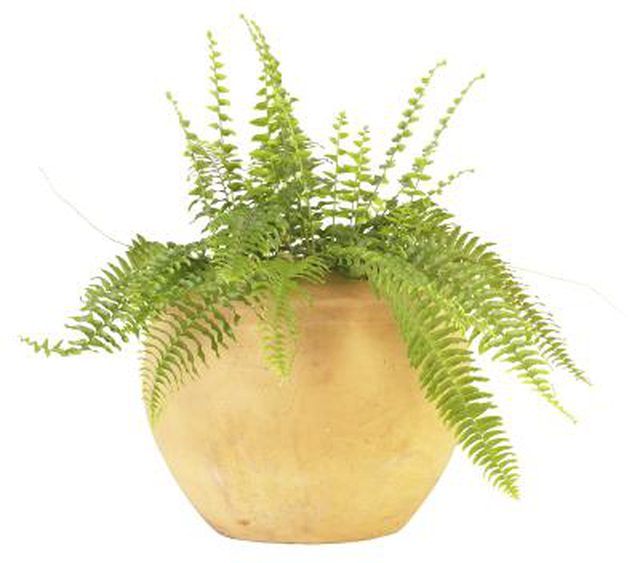Bulbs
Flower Basics
Flower Beds & Specialty Gardens
Flower Garden
Garden Furniture
Garden Gnomes
Garden Seeds
Garden Sheds
Garden Statues
Garden Tools & Supplies
Gardening Basics
Green & Organic
Groundcovers & Vines
Growing Annuals
Growing Basil
Growing Beans
Growing Berries
Growing Blueberries
Growing Cactus
Growing Corn
Growing Cotton
Growing Edibles
Growing Flowers
Growing Garlic
Growing Grapes
Growing Grass
Growing Herbs
Growing Jasmine
Growing Mint
Growing Mushrooms
Orchids
Growing Peanuts
Growing Perennials
Growing Plants
Growing Rosemary
Growing Roses
Growing Strawberries
Growing Sunflowers
Growing Thyme
Growing Tomatoes
Growing Tulips
Growing Vegetables
Herb Basics
Herb Garden
Indoor Growing
Landscaping Basics
Landscaping Patios
Landscaping Plants
Landscaping Shrubs
Landscaping Trees
Landscaping Walks & Pathways
Lawn Basics
Lawn Maintenance
Lawn Mowers
Lawn Ornaments
Lawn Planting
Lawn Tools
Outdoor Growing
Overall Landscape Planning
Pests, Weeds & Problems
Plant Basics
Rock Garden
Rose Garden
Shrubs
Soil
Specialty Gardens
Trees
Vegetable Garden
Yard Maintenance
How to Make a Self Contained Plant Watering System for Vacation
How to Make a Self Contained Plant Watering System for Vacation. Just like pets, houseplants cannot be left to fend for themselves while you're on an extended vacation. Plants that need to be watered frequently, like those growing in small clay pots, are most vulnerable when no one is around to provide their required hydration. While outdoor plants...

Just like pets, houseplants cannot be left to fend for themselves while you're on an extended vacation. Plants that need to be watered frequently, like those growing in small clay pots, are most vulnerable when no one is around to provide their required hydration. While outdoor plants can easily be rigged with drip irrigation on automatic timers, indoor houseplants will need a different kind of watering system--a self-contained type--to keep them hydrated while you're away.
Things You'll Need
Self-watering wick
Bins, tubs or buckets
Bricks, rocks or small clay pots
Pencil or barbecue skewer
Choose the plants you will include in the self-watering system. This will help you determine how many bins, tubs or buckets you will need. You will also be able to estimate how many feet of self-watering wick will be required, and how many bricks or pots you need to bring in to prop the container plants.
Place the bins in the designated location. Choose a location that receives sufficient light while the whole house is locked down in your absence.
Put the bricks, rocks or small clay pots (upside down) in the bins. These will serve to keep the container plants from getting soaked in the water.
Position the plants on top of the bricks, rocks or upside-down clay pots.
Insert one end of a wick deep into the soil of each plant. Use a pencil or barbecue skewer to insert the wick as deep as possible. Insert two to three wicks into large container plants.
Hang the other end of the wick along the outside of the container, letting it reach the bottom of the bin.
Water the plants thoroughly.
Add water to the bins up to just below the bottoms of the plant containers.
Tips & Warnings
Self-watering wicks are available at garden centers and plant nurseries. Homemade versions include braided strips of panty hose, acrylic strings, wide shoelaces and strips of felt.
For a very large container plant, place a water bucket beside it. Insert several wicks into the soil to draw water from the bin to the plant.
For small container plants, use a tray with a layer of gravel instead of a bin with a layer of bricks.